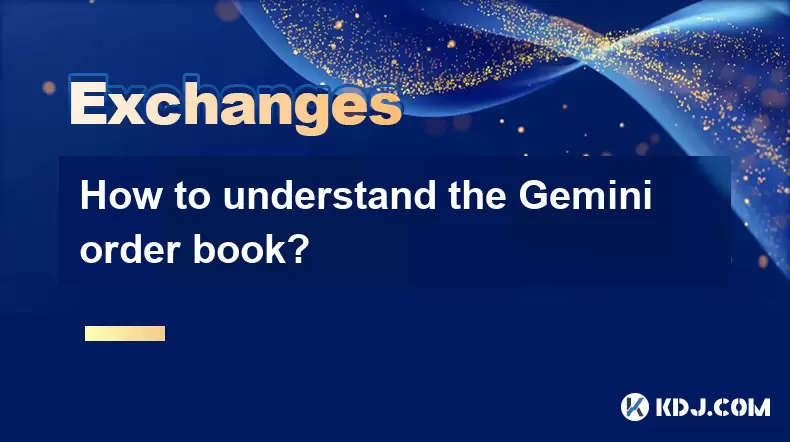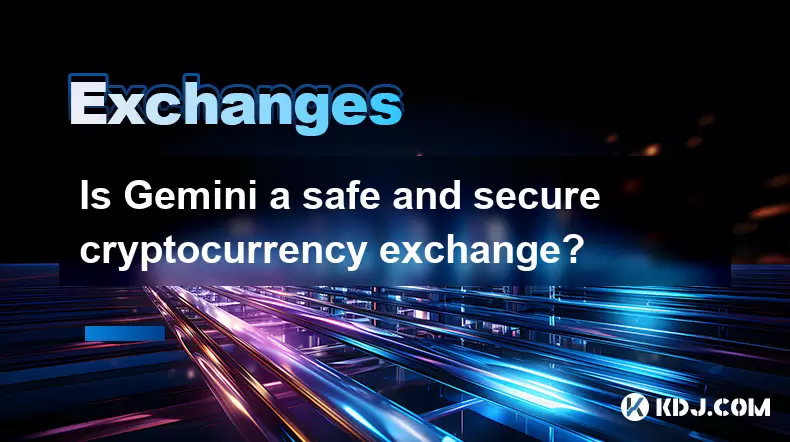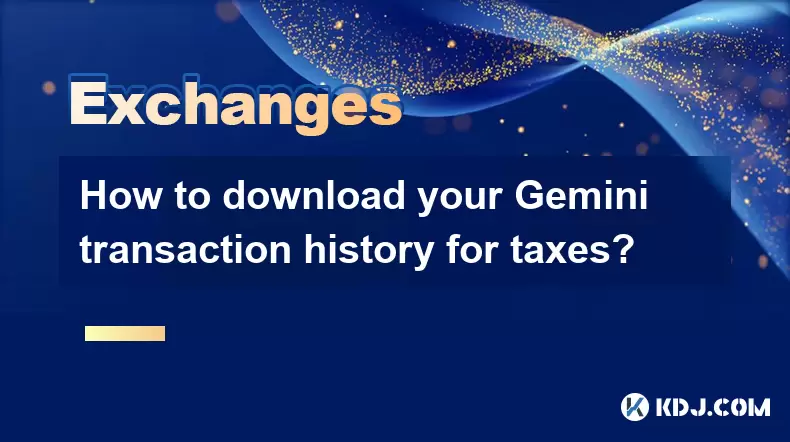-
 Bitcoin
Bitcoin $113900
0.47% -
 Ethereum
Ethereum $3491
-0.42% -
 XRP
XRP $2.876
-1.87% -
 Tether USDt
Tether USDt $1.000
0.03% -
 BNB
BNB $750.4
-0.49% -
 Solana
Solana $161.3
-1.76% -
 USDC
USDC $0.9999
0.01% -
 TRON
TRON $0.3242
-0.91% -
 Dogecoin
Dogecoin $0.1985
-0.19% -
 Cardano
Cardano $0.7241
1.49% -
 Hyperliquid
Hyperliquid $38.05
0.56% -
 Stellar
Stellar $0.3896
2.92% -
 Sui
Sui $3.442
0.61% -
 Chainlink
Chainlink $16.18
0.92% -
 Bitcoin Cash
Bitcoin Cash $541.0
0.51% -
 Hedera
Hedera $0.2427
2.67% -
 Ethena USDe
Ethena USDe $1.001
0.03% -
 Avalanche
Avalanche $21.39
-0.68% -
 Toncoin
Toncoin $3.669
2.25% -
 Litecoin
Litecoin $109.5
0.95% -
 UNUS SED LEO
UNUS SED LEO $8.966
0.11% -
 Shiba Inu
Shiba Inu $0.00001218
0.77% -
 Polkadot
Polkadot $3.598
1.23% -
 Uniswap
Uniswap $9.164
1.14% -
 Monero
Monero $297.7
1.21% -
 Dai
Dai $1.000
0.00% -
 Bitget Token
Bitget Token $4.328
0.84% -
 Pepe
Pepe $0.00001047
1.05% -
 Cronos
Cronos $0.1329
0.70% -
 Aave
Aave $257.6
1.03%
What are the websocket feeds available from the Gemini API?
Gemini's WebSocket API provides real-time market data like order book updates, trades, and tickers via `wss://api.gemini.com/v1/marketdata`, with JSON messages for low-latency trading apps.
Aug 03, 2025 at 07:43 pm

Overview of Gemini WebSocket Feeds
The Gemini API provides real-time market data through its WebSocket feeds, enabling developers and traders to receive instantaneous updates on order book changes, trades, and ticker information. These feeds are essential for applications requiring low-latency data, such as algorithmic trading systems, market monitoring tools, and price alerting services. Unlike REST APIs that require polling, WebSocket connections maintain a persistent, bidirectional communication channel, reducing overhead and ensuring timely delivery of data.
The primary WebSocket endpoint for Gemini is wss://api.gemini.com/v1/marketdata. This endpoint streams public market data and does not require authentication for basic access. All messages are delivered in JSON format, making them easy to parse and integrate into various programming environments.
Available WebSocket Channels
Gemini supports several WebSocket channels, each designed to deliver specific types of market data. The available channels include:
- Market Data Feed: Streams real-time updates on the order book, including bids, asks, and trade executions.
- Heartbeat Messages: Periodic signals indicating the connection is active and data is being transmitted.
- Ticker Updates: Summary-level price information, including last price, volume, and bid/ask spread.
- Trade Execution Notifications: Real-time reporting of completed trades on the exchange.
Each channel can be accessed by specifying the desired symbol when establishing the WebSocket connection. For example, connecting to BTCUSD or ETHUSD will stream data specific to that trading pair.
Connecting to the Gemini WebSocket
To establish a connection to the Gemini WebSocket feed, follow these steps:
- Open a WebSocket client using a supported library such as
websocket-clientin Python orwsin Node.js. - Connect to the endpoint:
wss://api.gemini.com/v1/marketdata. - Specify the trading pair using the
symbolsparameter in the query string. For example:wss://api.gemini.com/v1/marketdata/BTCUSD. - Listen for incoming messages and handle JSON payloads accordingly.
Here is an example using Python:
import websocket
import jsondef on_message(ws, message):
data = json.loads(message)
print(data)
def on_error(ws, error):
print(f"Error: {error}")
def on_close(ws, close_status_code, close_msg):
print("Connection closed")
def on_open(ws):
print("Connected to Gemini WebSocket")
Establish connection
ws = websocket.WebSocketApp("wss://api.gemini.com/v1/marketdata/BTCUSD",
on_open=on_open,
on_message=on_message,
on_error=on_error,
on_close=on_close)
ws.run_forever()
This script connects to the BTCUSD market data feed and prints all incoming messages. The received data includes event type, symbol, bids, asks, and trades.
Understanding the WebSocket Message Structure
Each message received from the Gemini WebSocket contains a standardized JSON structure. Key fields include:
- type: Indicates the message category, such as
update,heartbeat, orinitial. - eventId: A unique identifier for the event.
- timestamp: Unix timestamp in milliseconds when the event occurred.
- symbol: The trading pair (e.g.,
BTCUSD). - bids and asks: Arrays of price levels and corresponding quantities.
- changes: Lists of updates to the order book, showing price, amount, and side (
buyorsell).
An example update message:
{
"type": "update",
"eventId": 123456789,
"timestamp": 1717000000000,
"symbol": "BTCUSD",
"changes": [["buy", "65000.00", "0.5"],
["sell", "65001.50", "0.3"]
]
}
In this example, the changes array shows a new bid at 65000.00 for 0.5 BTC and a new ask at 65001.50 for 0.3 BTC. Clients must maintain a local copy of the order book and apply these changes incrementally to reflect the current market state.
Handling Order Book Synchronization
Due to the incremental nature of WebSocket updates, it's crucial to initialize the order book correctly. Gemini sends an initial snapshot upon connection, followed by update messages. To ensure accuracy:
- Store the initial bids and asks upon receiving the first message.
- Apply each subsequent
changesentry to the local order book. - Sort bids in descending order and asks in ascending order by price.
- Remove price levels when the quantity reaches zero.
For example, when processing a change like ["buy", "65000.00", "0.0"], the bid at 65000.00 should be removed from the order book. Maintaining this logic ensures your application reflects the true state of the market.
Rate Limits and Connection Management
Gemini does not impose strict rate limits on WebSocket connections since they are designed for continuous streaming. However, connections may be terminated due to inactivity or excessive message backlog. To maintain reliability:
- Implement reconnection logic with exponential backoff.
- Monitor for
Connection closedevents and restart the session. - Use a heartbeat mechanism to verify connection health.
- Limit the number of concurrent subscriptions to avoid overwhelming the client.
Each connection can subscribe to only one symbol. To monitor multiple pairs, establish separate WebSocket instances for each.
Frequently Asked Questions
How do I subscribe to multiple trading pairs simultaneously?
To receive data for multiple symbols, open a separate WebSocket connection for each trading pair. For example, use one connection for BTCUSD and another for ETHUSD. There is no broadcast mode for multiple symbols on a single socket.
What does a "0" quantity in the changes array mean?
A quantity of "0.0" in the changes field indicates that the corresponding price level has been removed from the order book. For instance, ["sell", "65001.50", "0.0"] means the ask at 65001.50 has been fully filled or canceled.
Is authentication required to access the WebSocket feeds?
No, the public market data WebSocket feed does not require API keys or authentication. It is accessible to all users. However, private feeds (e.g., for order status) require authenticated WebSocket connections via the Gemini Exchange API.
How frequently are heartbeat messages sent?
Heartbeat messages are sent approximately every 5 seconds. They contain a type: "heartbeat" field and can be used to confirm the connection is active and messages are being delivered in real time.
Disclaimer:info@kdj.com
The information provided is not trading advice. kdj.com does not assume any responsibility for any investments made based on the information provided in this article. Cryptocurrencies are highly volatile and it is highly recommended that you invest with caution after thorough research!
If you believe that the content used on this website infringes your copyright, please contact us immediately (info@kdj.com) and we will delete it promptly.
- Altcoins Most Searched: Hedera (HBAR) and the ETF Hype
- 2025-08-03 20:50:16
- Arbitrage Adventures: Creditcoin, Kaspa, and Chasing Crypto Profits
- 2025-08-03 20:30:16
- Claude HIVE & Code Agents: Faster Coding Revolution?
- 2025-08-03 20:50:16
- Trump Media, Bitcoin, and Crypto: A Surprising Alliance in the Making?
- 2025-08-03 21:30:16
- Shiba Inu's Bullish Reversal Hopes Amid Market Uncertainty: A Deep Dive
- 2025-08-03 21:30:16
- Shiba Inu's Struggle, Mutuum Finance's Rise, and Key Support Levels: A Crypto Deep Dive
- 2025-08-03 20:55:16
Related knowledge

How to set and manage alerts on the Gemini app?
Aug 03,2025 at 11:00am
Understanding the Gemini App Alert SystemThe Gemini app offers users a powerful way to stay informed about their cryptocurrency holdings, price moveme...

What are the websocket feeds available from the Gemini API?
Aug 03,2025 at 07:43pm
Overview of Gemini WebSocket FeedsThe Gemini API provides real-time market data through its WebSocket feeds, enabling developers and traders to receiv...

How to manage your portfolio on Gemini?
Aug 03,2025 at 10:36am
Accessing Your Gemini Portfolio DashboardTo begin managing your portfolio on Gemini, you must first log in to your account through the official websit...

How to understand the Gemini order book?
Aug 02,2025 at 03:35pm
What Is the Gemini Order Book?The Gemini order book is a real-time ledger that displays all open buy and sell orders for a specific cryptocurrency tra...

Is Gemini a safe and secure cryptocurrency exchange?
Aug 02,2025 at 10:42pm
Understanding Gemini’s Regulatory ComplianceGemini is a New York State-chartered trust company, which places it under the supervision of the New York ...

How to download your Gemini transaction history for taxes?
Aug 03,2025 at 09:15am
Understanding Gemini Transaction History for Tax PurposesWhen preparing your cryptocurrency tax filings, having a complete and accurate record of all ...

How to set and manage alerts on the Gemini app?
Aug 03,2025 at 11:00am
Understanding the Gemini App Alert SystemThe Gemini app offers users a powerful way to stay informed about their cryptocurrency holdings, price moveme...

What are the websocket feeds available from the Gemini API?
Aug 03,2025 at 07:43pm
Overview of Gemini WebSocket FeedsThe Gemini API provides real-time market data through its WebSocket feeds, enabling developers and traders to receiv...

How to manage your portfolio on Gemini?
Aug 03,2025 at 10:36am
Accessing Your Gemini Portfolio DashboardTo begin managing your portfolio on Gemini, you must first log in to your account through the official websit...

How to understand the Gemini order book?
Aug 02,2025 at 03:35pm
What Is the Gemini Order Book?The Gemini order book is a real-time ledger that displays all open buy and sell orders for a specific cryptocurrency tra...

Is Gemini a safe and secure cryptocurrency exchange?
Aug 02,2025 at 10:42pm
Understanding Gemini’s Regulatory ComplianceGemini is a New York State-chartered trust company, which places it under the supervision of the New York ...

How to download your Gemini transaction history for taxes?
Aug 03,2025 at 09:15am
Understanding Gemini Transaction History for Tax PurposesWhen preparing your cryptocurrency tax filings, having a complete and accurate record of all ...
See all articles

























































































